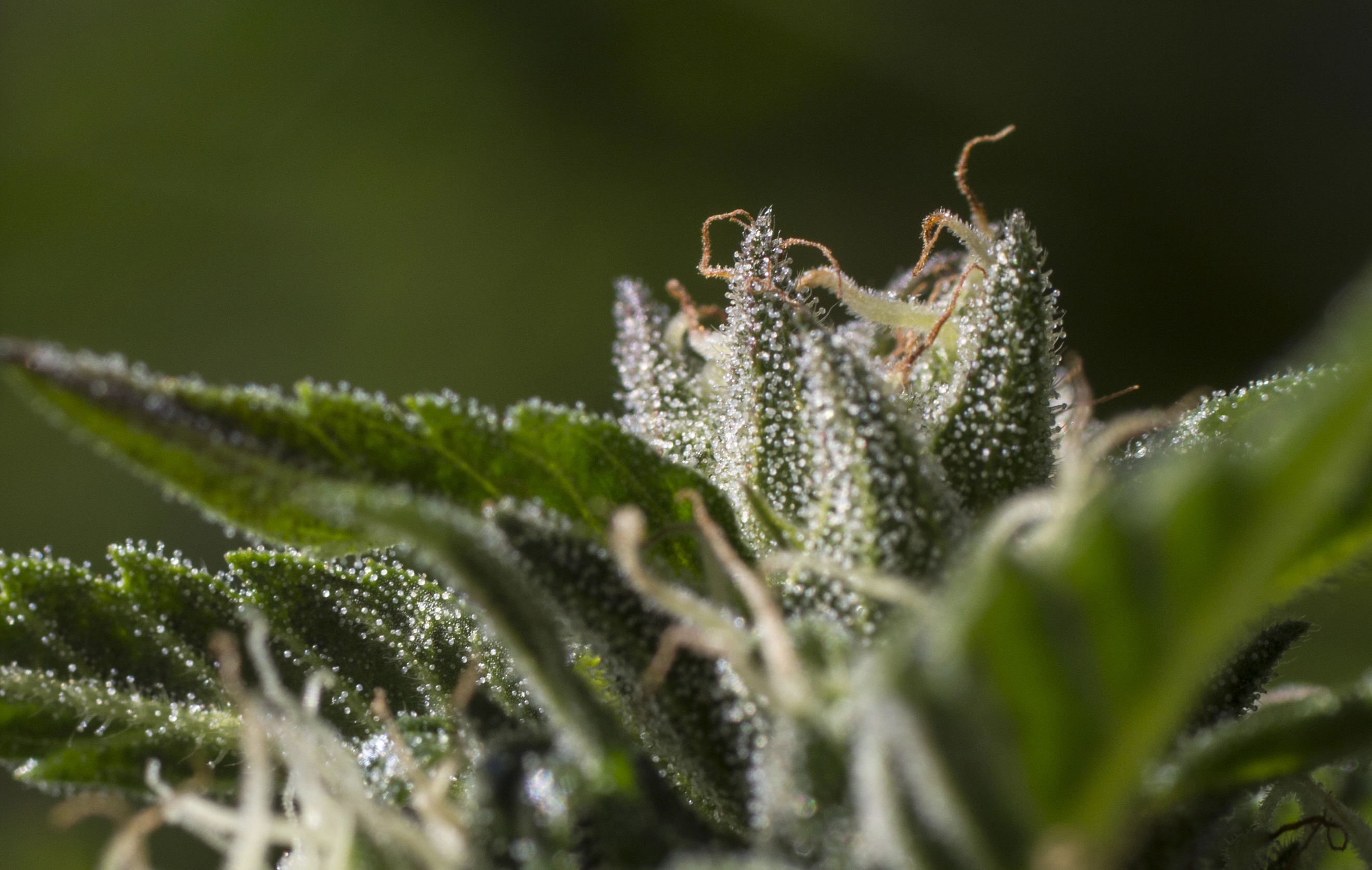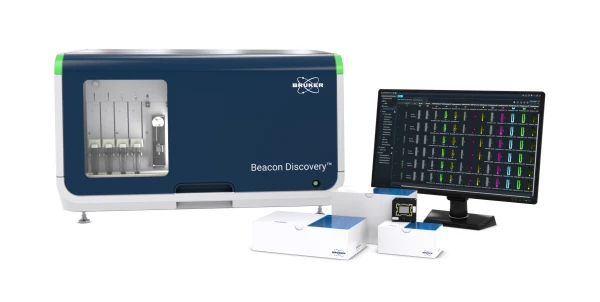Terpenes Testing and Challenges of Standardization in the Cannabis Industry
Despite formidable progress, challenges remain for the testing community -- as evidenced from the multitude of recent conference discussion topics.
Testing is of critical importance in the industry in order to ensure the integrity, safety, and authenticity of cannabis products. In this regard, significant progress has been made in generating methods and standards to support testing in areas including potency, contaminants, microbial analysis, and others.
Terpenes testing presents persistent difficulties across the industry – largely due to the nature of the compounds and the diversity of instrumentation and methods employed by testing laboratories. The issue highlights the need for better defined standardized methodologies and higher levels of collaboration throughout the testing community.
Lab harmonization between testing sites will help stimulate the formulation of more refined guidelines. This in turn may help lead the way towards federal regulation of cannabis testing and superior safety standards for the industry as a whole.
What are terpenes?
 Terpenes and terpenoids are the most diverse class of natural compounds with over 5500 unique structures reported in the literature. In cannabis, there are over 100 identified terpenes which vary in abundance according to genetic and chemotypic characteristics of each plant type. Terpenes function in nature as a repellent towards insects and animals, largely due to their fragrant and potentially bioactive qualities. In cannabis, terpene profiles give each strain or chemotype its hallmark aroma and flavor.
Terpenes and terpenoids are the most diverse class of natural compounds with over 5500 unique structures reported in the literature. In cannabis, there are over 100 identified terpenes which vary in abundance according to genetic and chemotypic characteristics of each plant type. Terpenes function in nature as a repellent towards insects and animals, largely due to their fragrant and potentially bioactive qualities. In cannabis, terpene profiles give each strain or chemotype its hallmark aroma and flavor.
Are terpenes medically valuable?
Mounting evidence in the literature indicates that many of the terpenes found in cannabis exhibit some form of medical value. These include anti-anxiety, relaxation, sleep stimulation, alertness, and a host of other medical attributes. Furthermore, terpenes can combine with other full-spectrum compounds and give rise to distinct bioactive and/or therapeutic effects, otherwise known as the “entourage effect”
Why is testing for terpenes important?
Terpenes testing is important in deducing the concentration of terpenes in each cannabis sample and the physiological effects, medicinal or otherwise, each may ellicit. Terpenes profiling or fingerprinting is becoming increasingly valuable for confirming the identity and authenticity of select products.
How do you test for terpenes?
Terpenes are aromatic compounds which vary in molecular mass, solubility, and vapor pressure among the different terpene classes and types. Either HPLC or GC can be used for detection and relative quantification of terpenes, although GC is better suited for those low solubility, high volatility compounds that partition easily to the gas phase. The separations techniques coupled with mass spectrometry, LC-MS or GC-MS, are considered the gold standard for terpenes detection, identification, and absolute quantification.
How do cannabis testing labs operate?
Lacking federal regulations, individual states are tasked with defining guidelines for testing. These include potency, pesticides, and other cannabis contaminants, and in the majority of cases terpenes. Most testing operations employ defined methods and instrumentation derived from published or recommended testing protocols.
Other labs may use in-house developed or proprietary testing platforms that are exclusive to each operation. Overall, these approaches are somewhat analogous to lab developed tests (LDTs) that are practiced among many clinical chemisty labs throughout the medical community. A major difference is LDTs must typically be CLIA certified when used with human samples in a clinical context. Terpenes testing currently has no such type of certification or requirement.
What is cannabis lab accreditation?
Testing labs are typically required by the state to satisfy performance criteria for lab accreditation. State regulatory agencies use proficiency testing (PT) programs for laboratory licensure and compliance, to promote accurate testing for cannabis quality and safety. Accreditation bodies recognize well organized inter-laboratory comparison proficiency testing (ILC/PT) programs that follow ISO/IEC 17043 to address the requirement to participate in external proficiency testing.
What is proficiency testing?
Inter-Laboratory Comparison and Proficiency Test (ILC/PT) programs such as the Emerald Test™ bring well-established standards for testing found in the environmental, food, pharmaceutical, water, and petrochemical testing industries. The Emerald ILC/PT program takes place multiple times a year and is open to any testing lab wishing to participate. The components of each test are determined by a Test Advisory Panel and manufactured by an ISO/IEC 17043 accredited PT provider. Participating labs have a specified time period to complete the test(s) and submit their results through an electronic data portal. Data analysis is provided by the sample manufacturer with software designed to meet the requirements of ISO 13528:2015.
Proficiency testing and lab accreditation is meant to ensure labs practice strict standards of operation and produce accurate and reliable testing results. Moreover, ILC/PT programs have fostered significant progress in attaining the goal of testing harmonization.
Why are terpenes difficult to test?
Gas Chromatography (GC) is considered the preferred technique for terpenes analysis, due to the wide concentration ranges, the pronounced volatility, and the dynamic profiles of terpenes present in cannabis. As previously mentioned, GC-MS is the “gold standard” platform, providing more conclusive information regarding the identity and quantity of detected molecules. Some terpenes require use of headspace GC to correct for the loss of sensitivity observed with traditional GC-FID or GC-MS.
Variations in headspace, GC, and GC-MS instrumentation and methodologies likely contribute to discrepancies observed in test results across the testing community. Furthermore, quantitative accuracy and precision may be challenged by the lack of suitable internal standards or reference standard curves during analysis.
Analytical problems with terpenes testing are a persistent issue that must be addressed by standardization of protocols and more complete harmonization of testing methods and instrumentation.
What are some solutions for cannabis testing standardization?
Universal cannabis testing methodologies and standardization are becoming available thanks to the Cannabis Analytical Science Program (CASP) and the Association of Official Analytical Chemists (AOAC). CASP has brought together government, industry, and academic testing experts to share resources and establish standard methods for cannabis analysis. As a logical next step, community-wide adoption of standard methodologies and performance validation metrics, such as those in accordance with CASP and AOAC, would provide improved analytical platforms for superior proficiency testing results.
This may lead to the enactment of federal guidelines for testing accreditation, which would significantly elevate the quality and safety standards of cannabis products.










